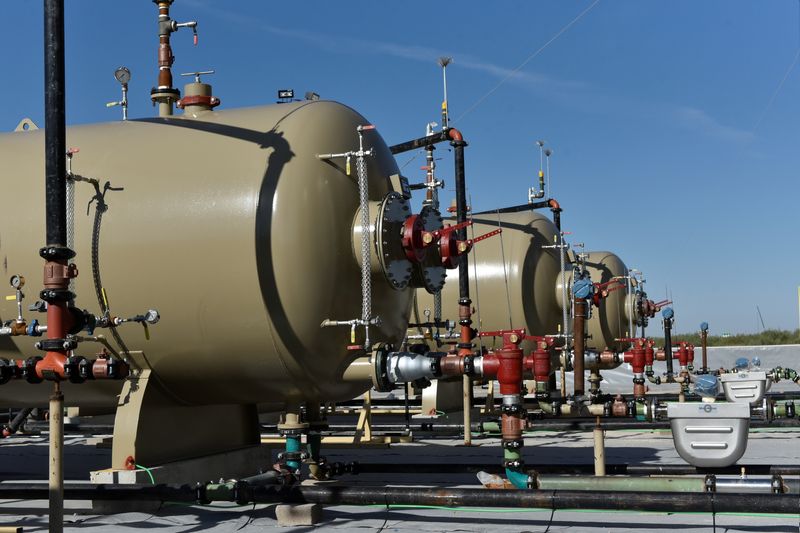Investing.com - Oil prices showed signs of recovery in early trading on Thursday, regaining some of the significant losses experienced in the previous session. This shift comes after the OPEC+ panel decided to uphold oil output cuts, aiming to keep supply tight amidst fears of a potential decline in global economic growth.
Brent crude oil futures remained flat at 85.9 while U.S. Crude Oil WTI futures dipped 0.2% to $84.3 by 01:20 GMT.
During Wednesday's trade, crude prices shed 5% following an OPEC+ panel meeting.
The OPEC+ ministerial panel did not alter the group's oil output policy. Saudi Arabia announced its intention to persist with a voluntary cut of 1 million barrels per day (bpd) until the end of 2023. Russia also committed to maintain a voluntary export curb of 300,000 bpd until the end of December.
National Australia Bank analysts noted in a report, "We continue to see the market in deficit through the fourth quarter and the softer prices reduce the probability OPEC will ease supply constraints."
However, the economic landscape is not entirely positive. A survey suggested that the euro zone economy likely contracted last quarter, with demand dropping in September at the fastest rate in nearly three years due to consumers curbing spending in response to increasing borrowing costs and prices.
Similarly, the U.S. services sector slowed down in September, with new orders hitting a nine-month low. However, the pace remains in line with expectations for solid economic growth in the third quarter.
JP Morgan, in a note, suggested that the current fuel prices might be closer to consumers' pain threshold than inflation-adjusted prices might imply. The banking giant predicts the oil price to drop to $86 per barrel by year-end, down from this year's peak of $97 per barrel reached in September.
